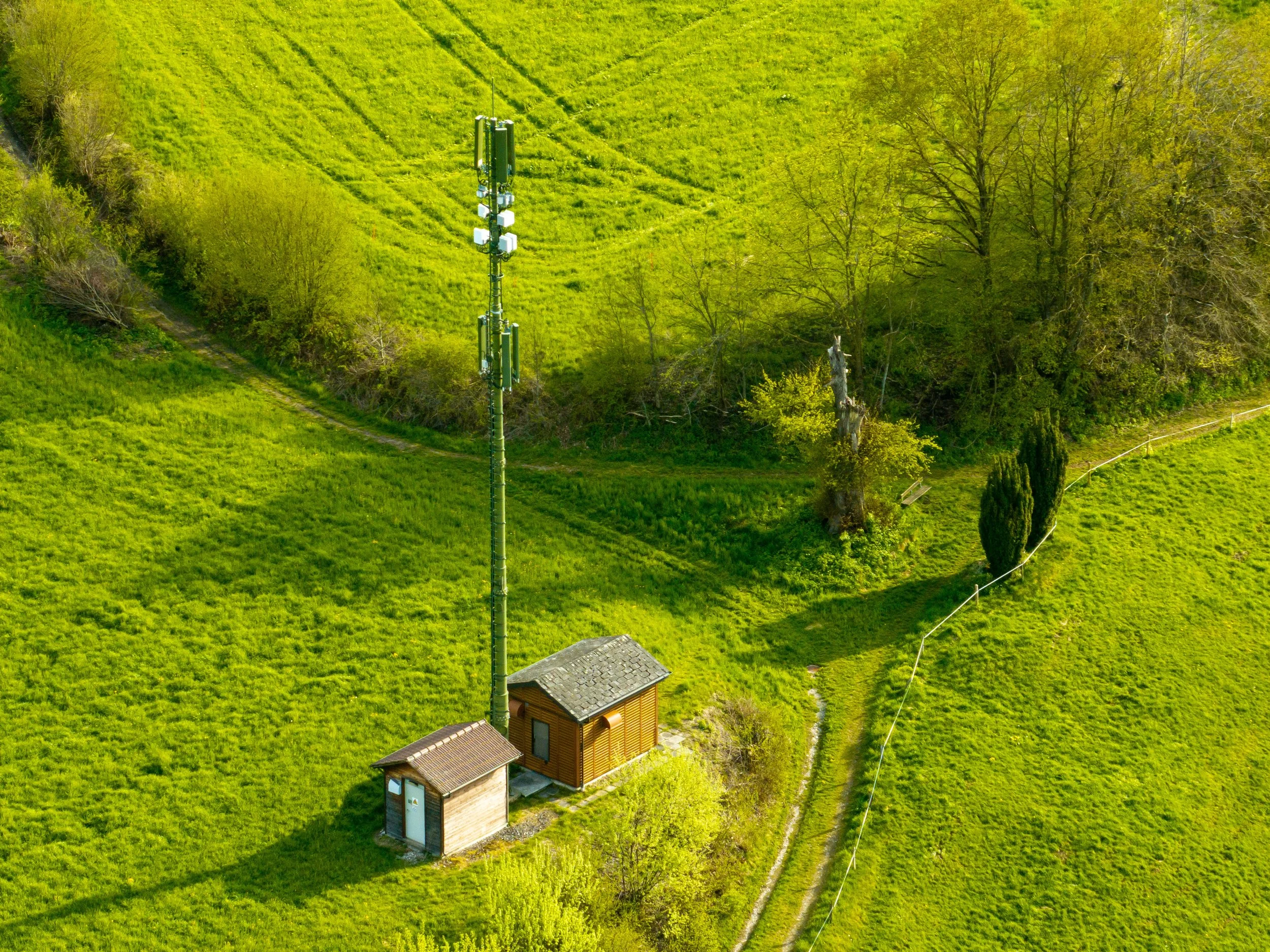69% of towers in Europe are now owned and operated by neutral hosts
In an era defined by digital interaction, reliable mobile connectivity has become as fundamental as electricity or running water. It is the invisible current powering Europe’s economies, connecting its communities, and enabling the innovations that will define the next decade.
This article distills the key findings from the 2025 EWIA Report, prepared by EY-Parthenon, to explain how Europe’s TowerCos have become a critical engine for accelerating the continent’s digital ambitions—unlocking billions in capital and laying the foundations of a hyper-connected future.
The Rise of the Neutral Host Model
Until recently, Europe’s mobile networks were built on a vertically integrated model where Mobile Network Operators (MNOs) owned and managed their own towers. That paradigm is now being systematically dismantled. A new, more efficient structure has emerged: neutral host TowerCos that manage passive infrastructure while MNOs concentrate on network services and customers.
This is not an incremental shift; it is a structural realignment of European wireless infrastructure for the 5G era.
A Market Transformed
As of 2024, neutral host TowerCos own 69% of Europe’s towers—up from just 13% a decade earlier.
This dramatic reallocation of assets represents a deliberate, industry-wide move toward specialization and shared infrastructure.
TowerCos build and manage the physical sites—towers, shelters, power, cooling—and handle real estate, safety, and multi-tenant access.
MNOs focus on active equipment, network performance, spectrum, and retail services.
This separation has unleashed a powerful wave of consolidation and investment that is reshaping Europe’s digital landscape.
M&A: The Engine Behind the Shift
Since 2019, more than €71 billion in tower M&A has taken place across Europe.
This activity is driven largely by MNOs carving out and selling their tower portfolios to neutral hosts—unlocking capital, reducing operating burdens, and accelerating network investments.
What appears operational on the surface is, in reality, a strategic reallocation of capital that is funding Europe’s digital future.
Billions Unlocked, Billions Saved
The financial impact of the neutral host model is profound:
€53 billion in released capital since 2019, redirecting funds into 5G rollout, 4G improvements, and network upgrades.
€31 billion in economic savings expected between 2019 and 2029 by avoiding redundant tower construction and optimizing the existing grid.
€2.5+ billion in annual TowerCo investment, reinforcing Europe’s wireless backbone each year.
These figures become even more significant when viewed against the EU’s Digital Decade target, which requires around €100 billion in wireless infrastructure investment—€25 billion of which is tied directly to passive assets such as towers.
Doing More With Less: The Power of Sharing
The neutral host model is built around a simple principle: multi-tenant infrastructure is more efficient than single-tenant ownership.
TowerCos achieve an average co-location ratio of 2.1
MNO-owned sites average 1.3
This efficiency reduces costs, accelerates coverage, and plays a crucial role in sustainability.
Environmental Impact: The Hidden Advantage
If TowerCos manage 50% of Europe’s new tower deployments, the industry could:
Avoid building 109,000 additional towers by 2030
Prevent 4 million tons of CO₂ emissions annually—equivalent to removing 200,000 cars from the road
By increasing site utilization rather than expanding the physical footprint, the neutral host model aligns connectivity growth with environmental responsibility.
A Better Deal for Consumers
A more efficient tower ecosystem ultimately benefits citizens:
MNOs can reinvest freed-up capital into spectrum, equipment, and service quality
30–65% of infrastructure savings can be passed on to consumers
Shared infrastructure makes rural and transport-corridor coverage more economically viable
Better, more affordable connectivity ensures more Europeans can participate fully in the digital economy.
Preparing for the Next Wave of Technology
TowerCos are no longer limited to traditional macro towers. They are now deploying the dense infrastructure needed for next-generation connectivity:
Small cells
Distributed Antenna Systems (DAS)
Edge computing nodes
Cloud RAN (C-RAN)
Managing thousands of geographically dispersed assets—each with different tenants, equipment, and lease structures—is becoming one of the sector’s defining operational challenges.
Learn More

